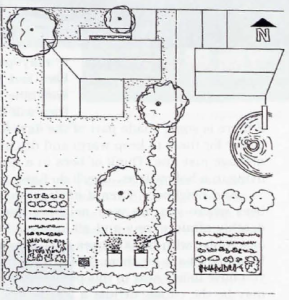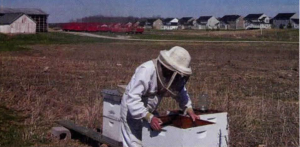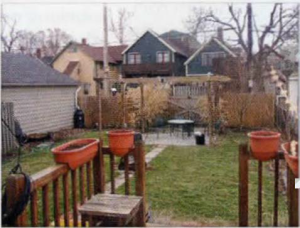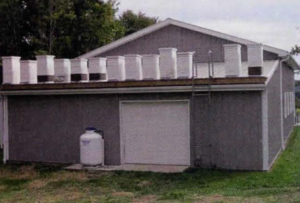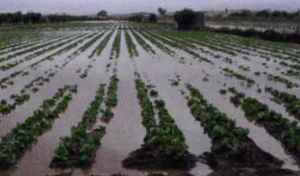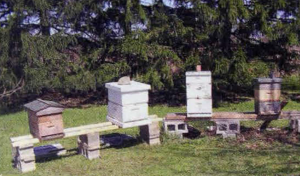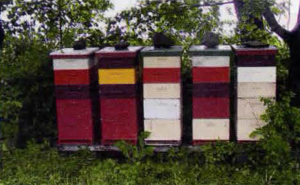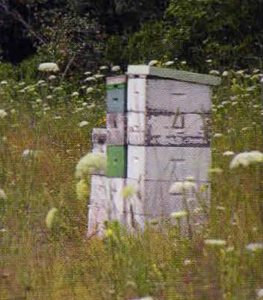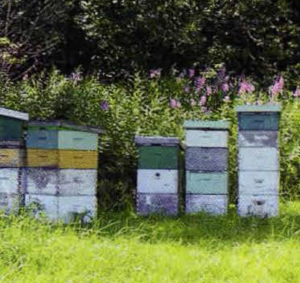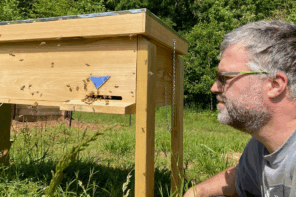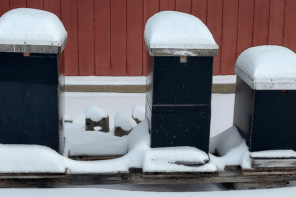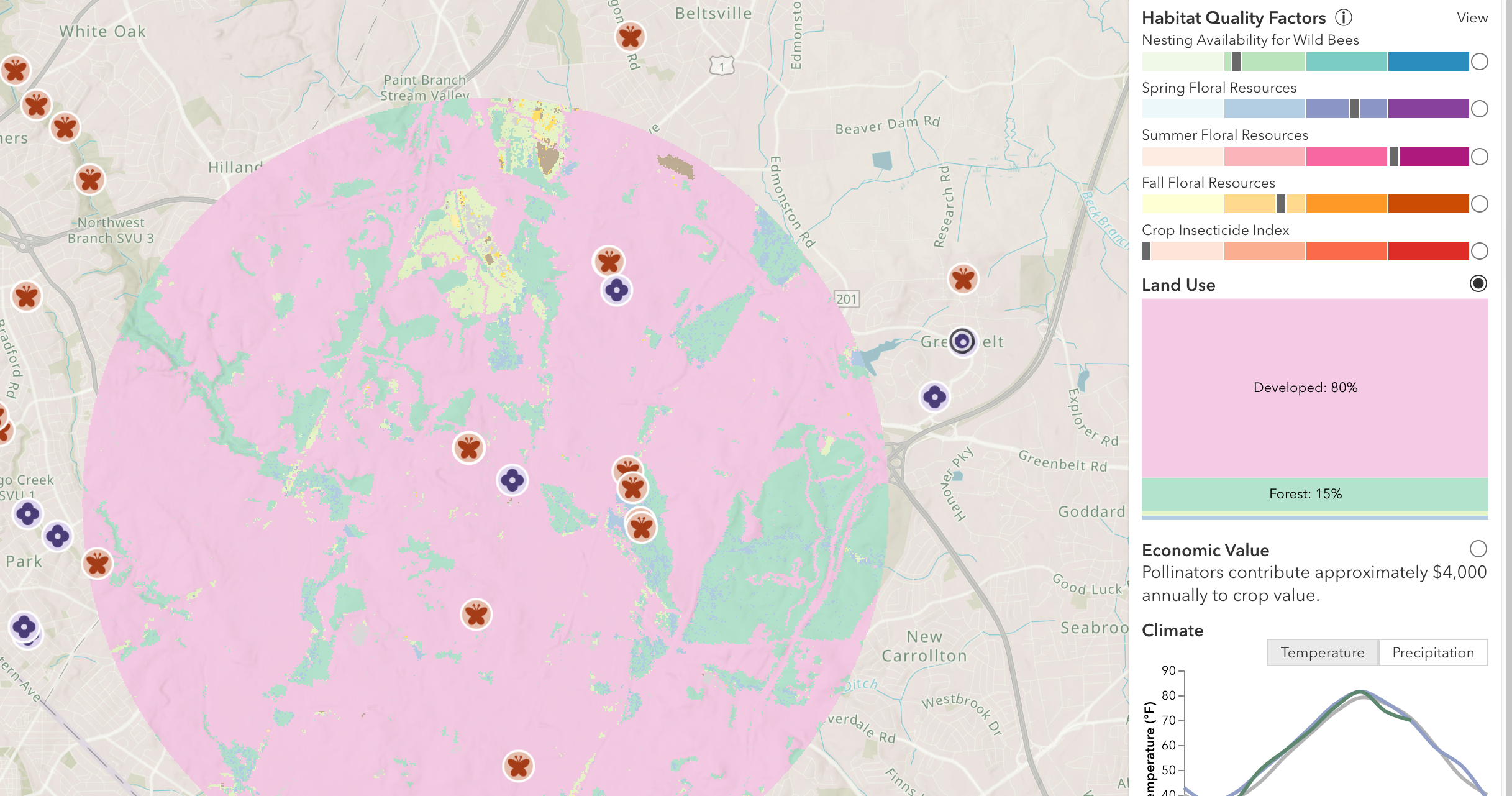By: Buzz Phillips
So, you’ve decided to start keeping bees. A lot of folks are doing this and it’s always been in the back of your mind…and now’s a good time to start everybody says…Winter/Spring is when to get going they say. So you’ve joined the local beekeeping club but they all have been doing this for years it seems, and they only meet once a month anyway, and besides, the beginner’s class hasn’t started yet. And right now you just don’t know anybody to talk to about getting started or how to, when to, where to, and all the rest. The book you got at the library is OK but it’s kind of old, and there’s a ton of stuff on the internet, but this guy says one thing, and that guy says just the opposite and who’s right? Anybody can do YouTube or blog or webpage stuff it seems…Well, the good folks here at BEEKeeping magazine have been in the business of teaching beekeeping for over 150 years. We’ll get you going the way that’s best just for you.
So let’s make this as simple and easy as we can, with advice from folks who teach beekeeping for a living with some basics to consider right off.
And right off…where will the bees live? Not the boxes you put them in…you can find that out elsewhere in this issue, but for now it’s where will the boxes actually go?
Lots of folks are starting out now with bees in the backyard. If you live miles out in the country and you have to take the car to get to the nearest neighbors you have country bees, and they have different requirements than city bees and we’ll talk more about them below. But because most people live in a city, suburb or some kind of semi-urban development, neighbors are close, and you and your family have a relatively small lot to use for everything you do outside. So let’s look at city bees.
But first – is keeping bees where you live legal? And – is your family OK with this? What about allergies? And doesn’t your spouse have a thing for bugs? What will the neighbors think? And what about the softball games your kids play most days in the backyard, and sitting on the patio and eating on the deck, and gardening and mowing, and do bees like sun or shade, and what else?
Let’s look at all these one question at a time.
If you aren’t sure if having bees is restricted, or don’t know anybody who has bees where you are, it’s a simple call to city hall. There may be some requirements – like how close to your property line a hive can be, how many colonies you can have on a lot the size of yours, insuring a constant water source and the like, but it’s been amazing how many municipalities have reversed their No Beekeeping ordinances in the past few years because of the swell in attention honey bees have been getting. But check first if you don’t know. And what about your home owner insurance. Check first.
If your family uses their yard for anything they have to be OK with the bees out back. We’ll look at ways to make them pretty much disappear so they won’t be obvious or in the way, but your family needs to always feel safe. And allergies? Are you allergic to honey bee stings? Do you know for sure? And the rest of the family? If in doubt, contact an allergist and find out before you have to rush to an emergency room. Very, very few people are allergic to honey bees, but some are, so be sure.
There are lots of good reasons to put screening around your beehives. The most obvious is out of sight, out of mind…from neighbors, people walking by your house, daredevil adolescents, visiting friends and the like. An attractive six foot tall by eight foot long fencing section available from most lumber stores works quite well. You may only need one, perhaps two to keep your bees out of everybody’s line of sight. But the real value of this type of fence is that you can control the flight pattern of bees leaving and returning to the hive. Bees take off much like an airplane, rising somewhat rapidly but staying four to five feet off the ground for anywhere up to twenty or thirty feet. By putting a fence up and facing the hive toward the fence, they rise above it immediately, keeping them from accidently bumping into gardeners, baseball players or neighbors enjoying their backyard.
You can plant hedging plants, either annuals or perennials to make a permanent green screen, but it will take some time for those plants to get high enough to work well. But starting now is a good idea.
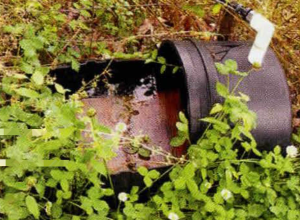
A dedicated pool, or pail with flavored water is good, but an automatic animal waterer is even better.
A minor drawback to a fence like this is the shade it may produce. Honey bees love to get as much sunshine as possible, but they will be perfectly fine if there is some shade part of the day. A full-sun hive is easier for them to keep warm and dry inside, but they’ll manage just fine. Think of bees in a deep shade forest, living in a hollow tree…they’ll do fine.
And neighbors. Even if it’s legal to have bees where you are your neighbor may be deathly afraid of any and all kinds of bees, and a hive with 50,000 bees next door may be a nightmare for them. Yes, it’s legal, but you have to live next to this person. Allergies may be the cause, or just a fear of insects. But they may be active outdoors people too and bees in their yard may be an issue.
Another positive for a screen is protection in Winter. If it’s cold where you are your bees need good Winter locations, and a wind block is at the top of the list of what they need. Unless
you are in the tropics, a good windbreak can only help.
Hand in hand with this is making sure your neighbor’s yard isn’t too attractive…meaning water. If there’s a swimming pool nearby your bees will certainly be attracted to it…especially when you let your water source go dry. Here’s a trick to keep them home. Put a small pool…something that holds at least four or five gallons of water…out before you get your bees. Add a scent to it, something bees will find attractive like anise or even better, a honey bee product called Honey Bee Healthy, which is a mix of essential oils that bees can’t resist. When your bees arrive they will immediately begin looking for food and water for their nest mates. Have water close and they’ll find it and keep returning to it for water and stay close to home. But let it go dry, even once, and they’ll find another source…your neighbor’s pool. A water source is one of the most important aspects of bees out back you have.
Another thing to keep in mind when looking at where the bees will call home is mowing around them. Bees can get nervous when there is a strong vibration close to the hive and may try to convince you that mowing that close isn’t a good idea. Two, blowing cut grass into the front entrance is not polite either. So when setting up you hive figure out the mowing scheme before you find the grass so tall right in front of the hive the bees can’t get in or out. One trick that works well is to spot old carpeting people are throwing out and cut a strip two or three feet wide for the front of the hive to keep weeds down. Another strip in the back will stop you from malting that area muddy when you’re working the bees later in the season when the ground is wet.
And put your bees on a hive stand of some kind to keep your bottom board off the wet ground and so you don’t have to do so much bending, or even kneeling on the ground when examining the very bottom box. A basic stand is made of cinder blocks and 2 x 4s or 2 x 6s. If you have only a single hive, make the stand big enough for two, or even three hives so when examining the hive you have a place other than the ground to put those extra pieces like the cover and any boxes you have. If you have more than one hive, make your stand, or stands such that you always have that empty spot. When working your hives a good practice is to first put your cover upside down in the empty space designed to accommodate it. Then, any other equipment you remove, honey supers or brood boxes, can be set on the cover. Any bees that fall out are caught by the cover and not lost on the ground.
Another factor to consider is how much does a beehive weigh? If your colony does well the first year it could reach as much as two hundred pounds – equipment, bees and surplus honey. Certainly it will do that year two. Your hive stand then needs to be durable enough to hold two, maybe three of these, so don’t make it out of flimsy materials. And that much weight may cause your blocks to sink a bit, malting the stand unlevel, or even causing the hives to topple. Prepare the base with ample support so that doesn’t happen either.
So for urban or suburban beekeepers that pretty much covers the basics of where will these new hives go. Practice good neighbor beekeeping by checking first, placing the bees with a screen nearby and keep the flight path high enough so bees and people aren’t colliding. Water is important too and your hive stands need to be sturdy and keep your hives about 18 inches off the ground.
But what about country bees?
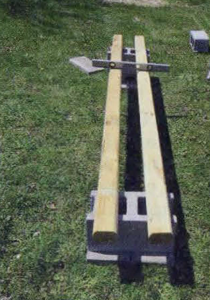
Building a hive stand is simple. Make sure the blocks don’t sink, and the front is a tiny bit lower than the back.
If you are located in a rural setting things are different. Even if you have a small yard you can point your bees out to the adjacent forested area or empty field and that mostly solves the need for a screen for flight path direction. But a wind break is still needed so think about that. If you can’t see your neighbor’s house you’re off the property line hook, but not the water hook. You still have to make sure your bees always have water on your property, or from a location that does not interfere with people, like a nearby river or pond that is public property.
But your neighbors just might be farmers, right? And what is growing in those fields? It could be something benign, like a pasture for dairy or beef cattle. Or it could be a crop that is routinely sprayed with insecticides, with some likelihood of drift over to your edge of the field and your bees. Or…well, the possibilities are many, and you need to find out before you put bees where you thought it was safe. So you need to meet your farmer if you don’t already know who uses the land. And it might not be the owner, who simply rents it to someone. And depending on where you live, that renter may not be the sprayer, but simply hire it done so someone comes in, sprays and is gone, never seeing your bees, or you for that matter. So before you endanger your new colonies, investigate your neighbors and find out what’s going on.
Otherwise, having country bees in the backyard is usually less work than city bees. No neighbors to convince, no kids playing ball right next to a hive, water issues are off the table, and you may, or may not have to screen them for flight patterns. But it might be a better idea to put your bees somewhere else. If you live in town you may not be able to keep your bees there because of family, neighbors or the zoning regulations, so will want them somewhere out in the country, or if you are already in the country it just might be a better place somewhere else because of nearby crops, roads or other issues. So, find what’s commonly called an outyard. Another place to put your bees.
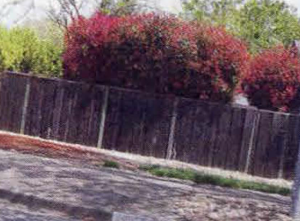
Fences make all the difference, and will
protect your bees from prying eyes, anxious neighbors and kids.
Outyards
Generally, consider an outyard any place you can put your bees that you will have to drive to, or at least walk a lot to get there. You may already have a place in mind – a friend’s farm lot or field for instance. There are things to consider with outyards that will make this easy, or impossible. Let’s make it easy.
If it’s behind a gate, always make sure you leave the gate the way you found it. Can you drive right up to the hives or will you have to cross a fence, you get there in the Winter time with snow on the ground? If you are next to a field, what will be growing there next season? What about vandals or theft, is someone close enough to discourage this? Is there a cost to put the bees there? Is it legal to put bees on this property? Your best bet if setting up an outyard is to talk to another beekeeper who already has outyards and find out what logistic issues you need to address before you commit your bees.
How much time does it take to keep bees? Figure an hour a week on average, when the weather is good. More during Spring when you really need to pay attention and Fall at harvest. Bees are a lot like gardening…Spring busy, Summer some, Fall busy, Winter is time off. But this changes a bit every year. How many hives will you have, how intensely do you manage them? Do you have help or are you in this alone? How far do you have to travel to your outyard? All must be considered when budgeting time for your bees.
Beeyards. Backyards, or outyards, or any place in between. Be careful, but have fun.








